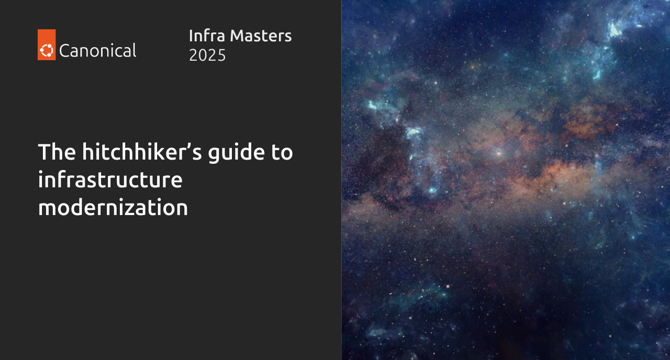Ubuntu
1M
248

Image Credit: Ubuntu
The hitchhiker’s guide to infrastructure modernization
- The article discusses the importance of infrastructure modernization and the key takeaways from the Infra Masters 2025 event held by Canonical.
- One key lesson is to reconsider vendor relationships to speed up innovation, as demonstrated by BT shifting from vendor-consumer to partnership with Canonical.
- ESA plans to double missions by 2030 and has leveraged Canonical Kubernetes for automating deployment and freeing up resources for critical tasks.
- Open source software plays a crucial role in modernizing infrastructure, offering flexibility, scalability, and cost-effectiveness.
- BT's Network Cloud project utilized open source solutions like MAAS, Ceph, LXD, and Juju to streamline operations and focus on application development.
- The future of infrastructure lies in edge computing, containerized applications, serverless computing, and Kubernetes management.
- ESA's plan to scale satellites relies on Kubernetes and cloud-native computing for managing workloads effectively.
- Canonical's infrastructure portfolio automations improve efficiency and reduce costs, benefiting organizations without capacity or skill shortages.
- Choosing managed solutions for infrastructure can ease migration efforts and free up in-house engineers.
- Overall, the event highlighted the importance of collaboration, open source adoption, and managed solutions for successful infrastructure modernization.
- Canonical's software, such as Ubuntu, offers trusted open source options for organizations looking to optimize infrastructure and lower costs.
Read Full Article
14 Likes
For uninterrupted reading, download the app